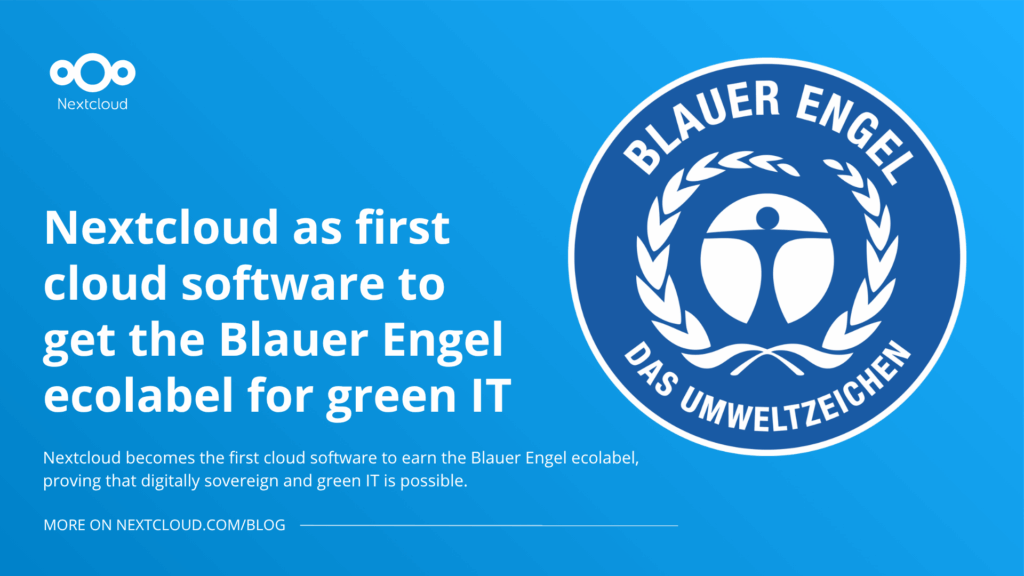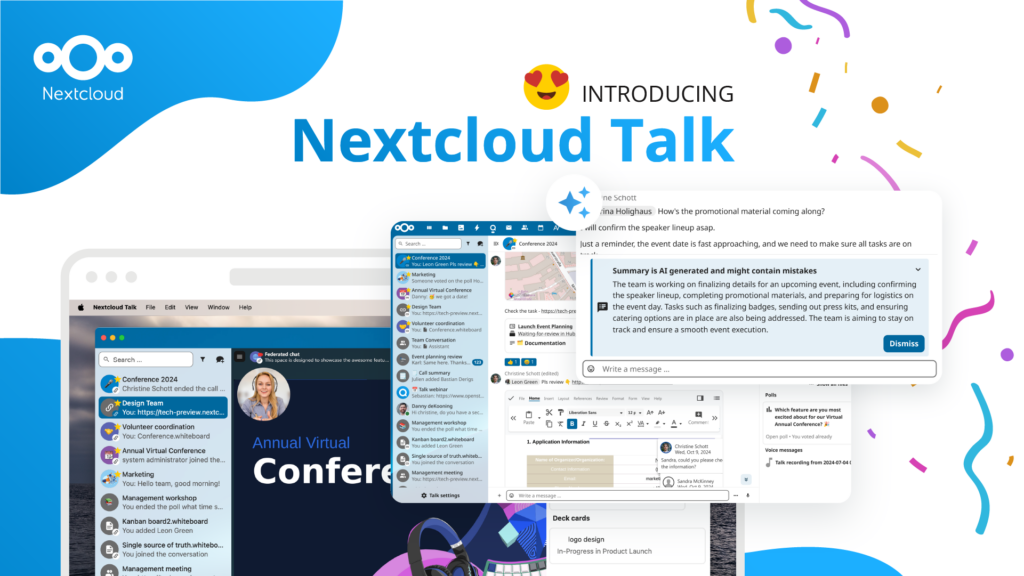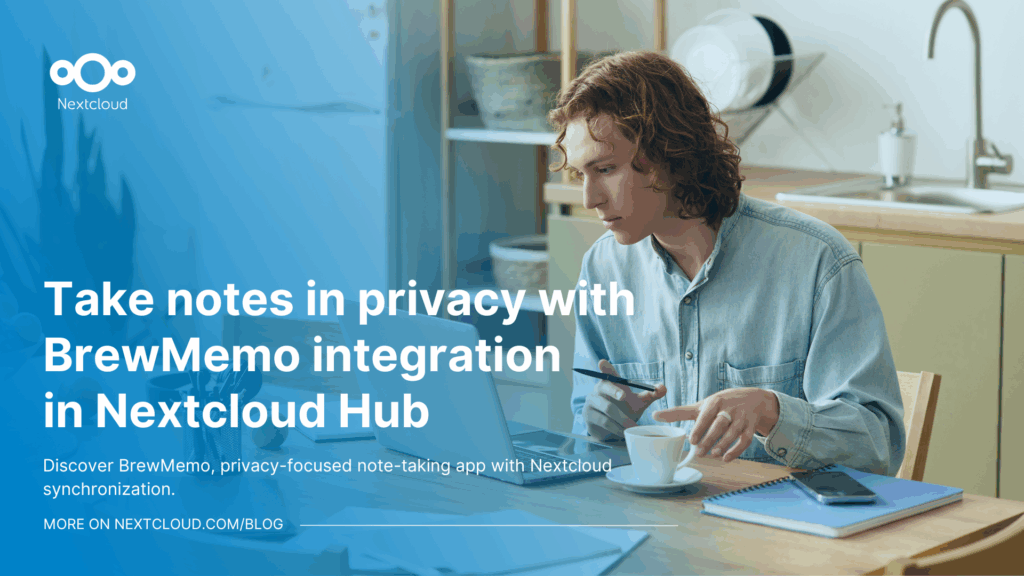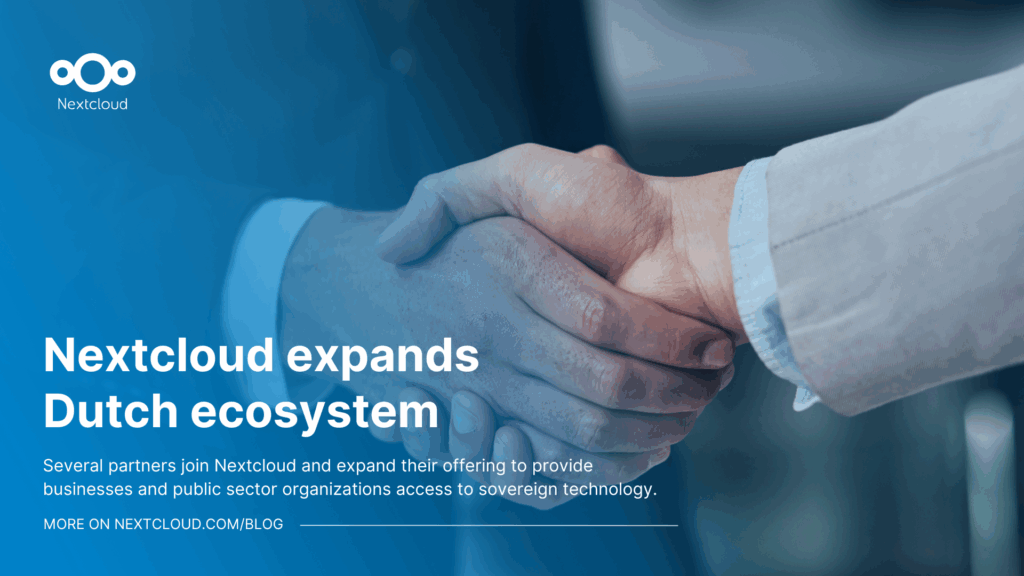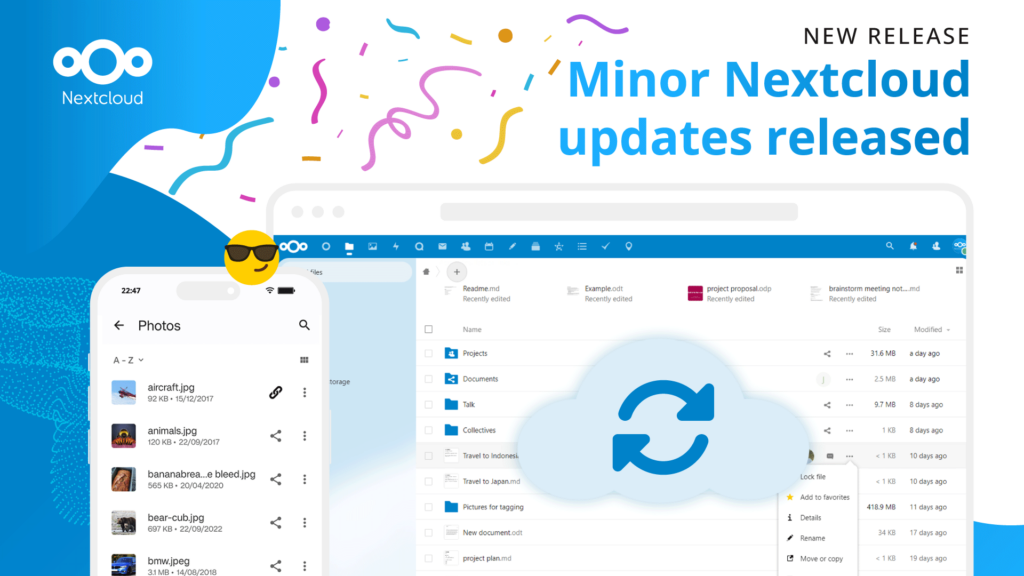Nextcloud GmbH, the company behind the most deployed on-premises content collaboration platform Nextcloud Hub, only offers its services to customers on a (per user) subscription model. Some customers ask us during the sales conversation why they can not just get access to our engineers on an hourly basis like they get from third party consultants: pay for the bug fix or support case, and be done?
When we discussed how to build our new business in 2016 during our very first ‚hackweek‚, our business model was an important conversation. We discussed different approaches and we decided to go for a subscription model. Such a model felt more in line with our mission and principles to create a great product and run a trustworthy company.
Why? Well, for one, while hourly rates seem like an easy way to get a quick fix for a problem, getting paid for fixing issues creates an incentive to create more buggy software, which of course was not how we want to run our business!
Let’s look a bit deeper at the choice we made.
Subscription
As a customer, you want the most reliable software. And WHEN things go wrong, you want them fixed as quickly as possible. At Nextcloud, we offer you a user-number based subscription to our services. This includes direct and unlimited access to our engineers the moment you run into a problem. You thus gain the certainty of having the very best resources at your fingertips the moment you need them, and as much as you need, in a way that only the original software vendor can deliver.
For that, you pay a yearly fee.
Pay per bug
What if, instead, you could pay per issue fixed? In a way, the choice faced is similar to insurance. Indeed, when you need cold medicine once a year, the cost of a health insurance seems prohibitive. But when a car crash ruins your spine, not having to sell your house makes up for it.
There is also the bigger picture: the incentives created by a pay-per-bug model. It is a simple, yet cynical calculation: if we got paid per bug we fix for customers, leaving more bugs in our product would increase our income. Now we’re not saying every company offering consulting on a product by the hour is extorting their customers – merely that this perverse incentive exists, even when most moral businesses would not give in to it.
Conversely, now that we offer an insurance, we lower our support costs by building a better product, just like art insurance providers do what they can to ensure the art kept at their customers‘ exhibition is secure to keep their costs low. Our support team deeply cares about how our customers use our product: a better setup and good security practices not only makes happier customers, it saves them time.
Or, in other words, it helps maximize the ROI or TEI the customer gains from deploying Nextcloud.
That is what we’d call a win-win, and a business model we can be proud off. It happens to be the same business model as Red Hat famously follows, one that we know scales well.
For better sustainability
The above makes clear that a better product and more sustainable business follows from the subscription model. It also benefits our engineers, who prefer to build a better product and spend less time on debugging issues with customers. A pay-by-the-hour model, with all the time tracking and incentive to keep customers dependent is not how we want to run our business.
I would argue that other open source businesses, especially those mostly focusing on consulting, should have a think on the subject and, perhaps, follow suit. While (prospective) customers should consider if it is wise to rely on software without a subscription from the team that built it!
This article was originaly published here.




